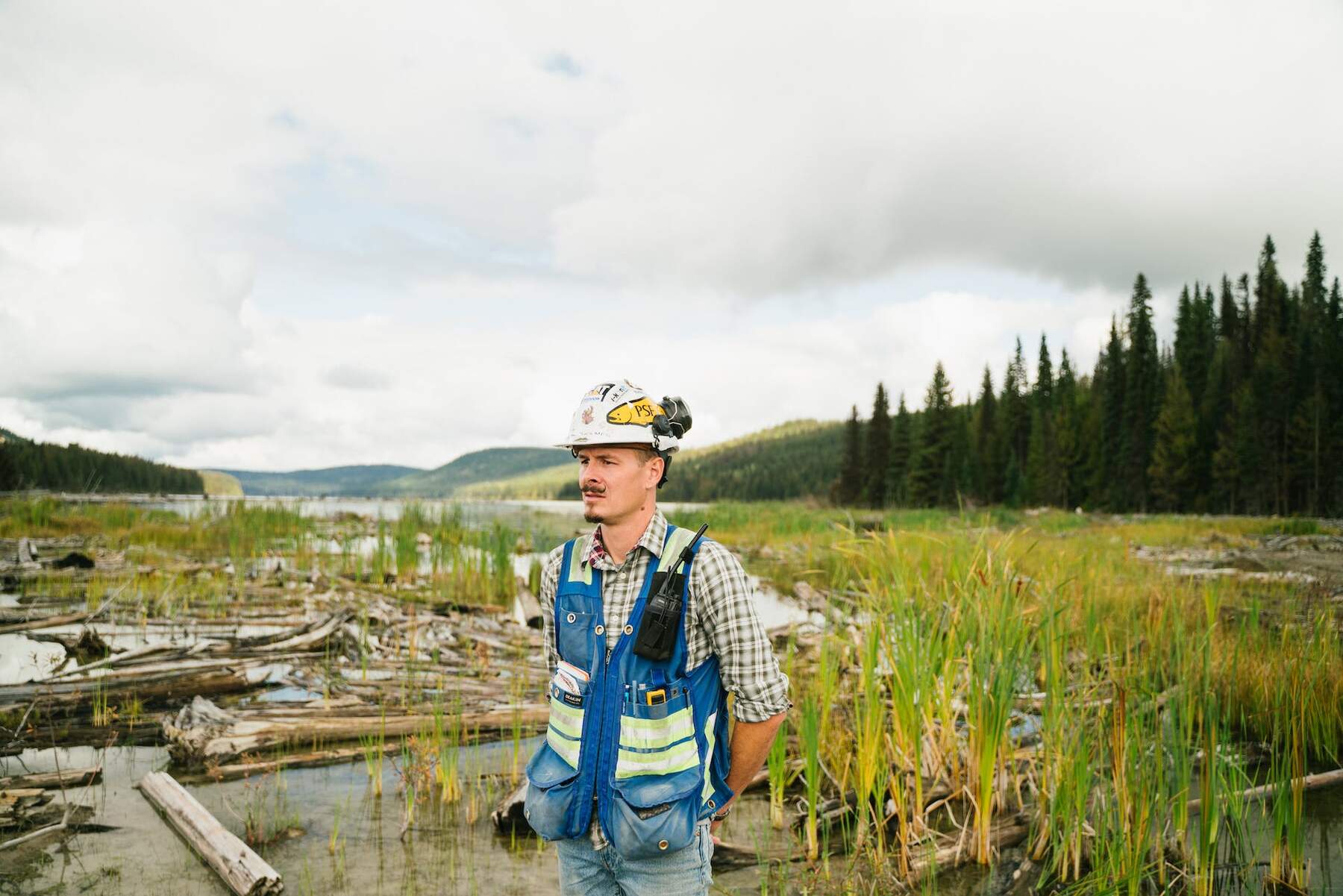You know you want to make people’s lives better, and you’ve decided that means a medical profession is right for you. But which one?
Well, you may have noticed, a lot of people have trouble breathing. Between cigarettes, car exhaust, allergies, and an aging population, you may have noticed that almost everyone these days seems to have trouble breathing at one time or another. A Respiratory Therapist may be just what we need to get a breath of fresh air.
Education
The basic educational qualification for a respiratory therapist is a two-year associate’s degree in respiratory therapy. Many employers, though, prefer a four-year bachelor’s degree. It’s up to you what level you prefer to start at; many begin working with an associate’s degree while working toward a bachelor’s.
Programs are pretty easy to find. Respiratory therapy is offered at many four-year colleges and universities, as well as in many two-year community colleges, vocational schools, and technical institutes. For those in the service, the Armed Forces may provide the necessary training for a career after service or within their own medical schools.
Coursework
Respiratory therapy is a medical profession, of course, so students will need to take the usual science courses preparing for medicine:
- biology
- microbiology
- anatomy and physiology
- chemistry
- pharmacology
Other courses are specifically geared toward respiratory therapy, such as courses in medical equipment, patient assessment, diagnostic procedures, and other skills needed for the job. Respiratory therapists, for instance, may have to work with life-support systems, or make quick diagnoses of patients in distress. CPR expertise is a must.
Licensing and Certification
To be a respiratory therapist in almost any state, you must be licensed (if you’re in Alaska, congrats – you’re good to go without one). Requirements, of course, are different according to the state, but usually come with an exam. Your state board of health can tell you what your state requires.
Beyond basic licensing, though, getting a certification can only help your chances at employment. Most employers prefer certification, and some will require it. In some states, you may even need certification before you can take a licensing exam. The main organization for respiratory therapy licensing is the National Board for Respiratory Care (NBRC), and there are two levels of certification. The first level, Certified Respiratory Therapist (CRT), requires an associate’s degree and an exam; the second level, Registered Respiratory Therapist (RRT), is for those who already have certification and meet higher levels of continuing education or work experience.
Work Environment
Respiratory therapists, of course, work with patients who have breathing difficulties. And since anyone at any stage of life can have breathing trouble, respiratory therapists work in a wide range of settings. You may work with premature infants in NICU, for example, whose lungs are underdeveloped and weak. Or you may work in a nursing home or private residence with elderly patients who have emphysema, helping improve their comfort and quality of life. You may work in a school, giving medication to children with asthma. In a hospital, you may perform diagnostic tests and advise doctors on a course of treatment for patients, monitoring them for improvement.
Outlook
According to the U.S. Bureau of Labor Statistics, the employment outlook for respiratory therapists is very good, as much as 19 percent growth in the next ten years. As in all areas of health, the boom is thanks to the Baby Boomers themselves, whose aging provides an unprecedented need for medical professionals. Our modern life, with air pollution and other environmental emergencies, also increases the need for respiratory therapists.
If you want to help people breathe easier in our crazy world, think about becoming a Respiratory Therapist.

